It takes some effort but upcycling gives one enormous satisfaction, and bragging rights of a smaller carbon footprints.
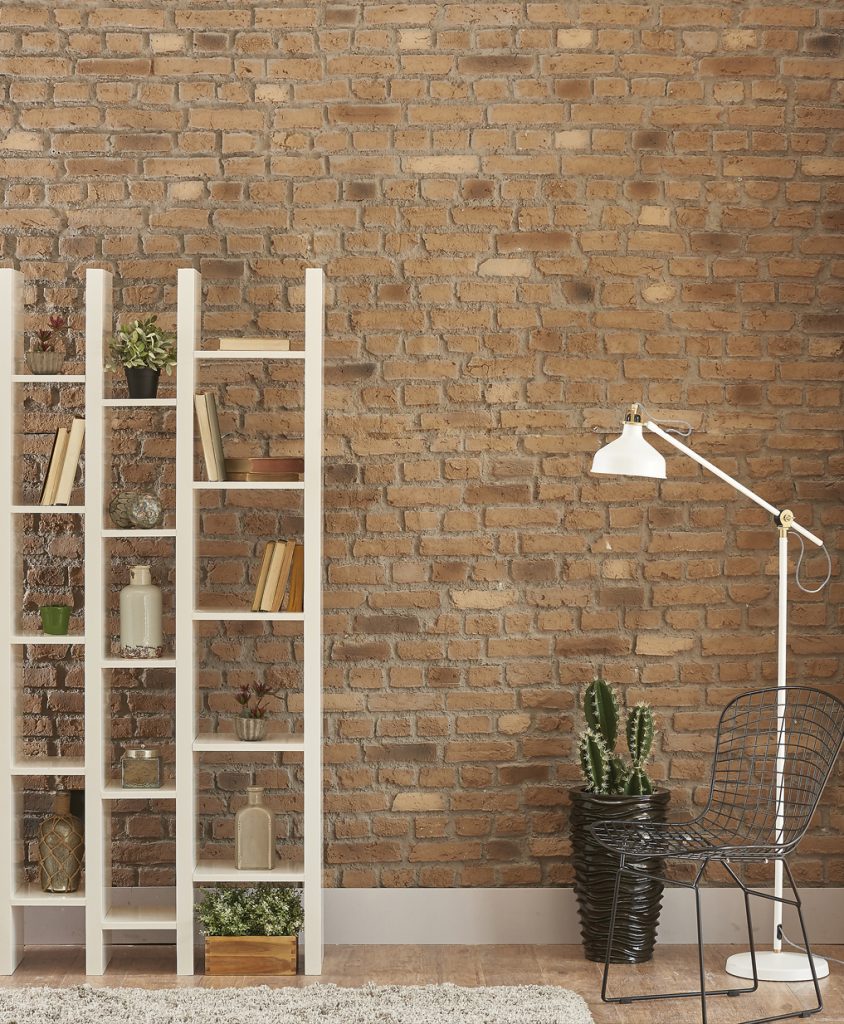
Considering global warning, rising sea levels, and green initiatives being promoted all around us, most would be familiar with the term ‘recycling’. It is a practice that takes an item and returns it to the cycle of daily use rather than having it get discarded.
In 2017, the amount of recycled waste in Singapore fell by 50,000 tonnes. However, contribution rate from non-domestic and domestic sources remains unchanged from 2016, which is 76% and 21% respectively.
Perhaps we should consider another way to protect the environment and make our lifestyle more sustainable. Instead of recycling, think about upcycling. This involves converting unwanted products into that of better environmental value. Simply put, it means giving products a second lease of life — usually in a function different from their original purpose.
Upcycling is reusing a material without degrading its quality and composition for the next use. This practice offers two advantages. Firstly, it reduces the amount of waste a person produces. Secondly, it reduces the requirement for raw material in the production of a new product.
Upcycling is still in its infancy, and industrywide figures are not available. However, anecdotally, it has increased dramatically in popularity since the financial crash of 2008. The number of items tagged as “upcycled” on the popular Pinterest and Etsy websites increased 275% from about 7,900 in January 2010 to nearly 30,000 the next year.
A report in The Straits Times singles out the trend among young professionals and those who spent time abroad and have been exposed to the culture in countries such as the UK and Australia. Toh Chin Siong, founder of furniture company Hock Siong & Co, says, “They want to find something with historical value.” Upcycling also means there are more chances of these customers finding unique, non-mass market creations — “The stranger, the better,” quips Toh.
Here are three ideas to give new life to items you thought were only fit for the dump:
1) Ladders as shelves
Don’t throw away a wooden ladder that is taking too much space in your storeroom. Instead, turn it into a shelving unit for the bedroom, living room, kitchen or balcony!
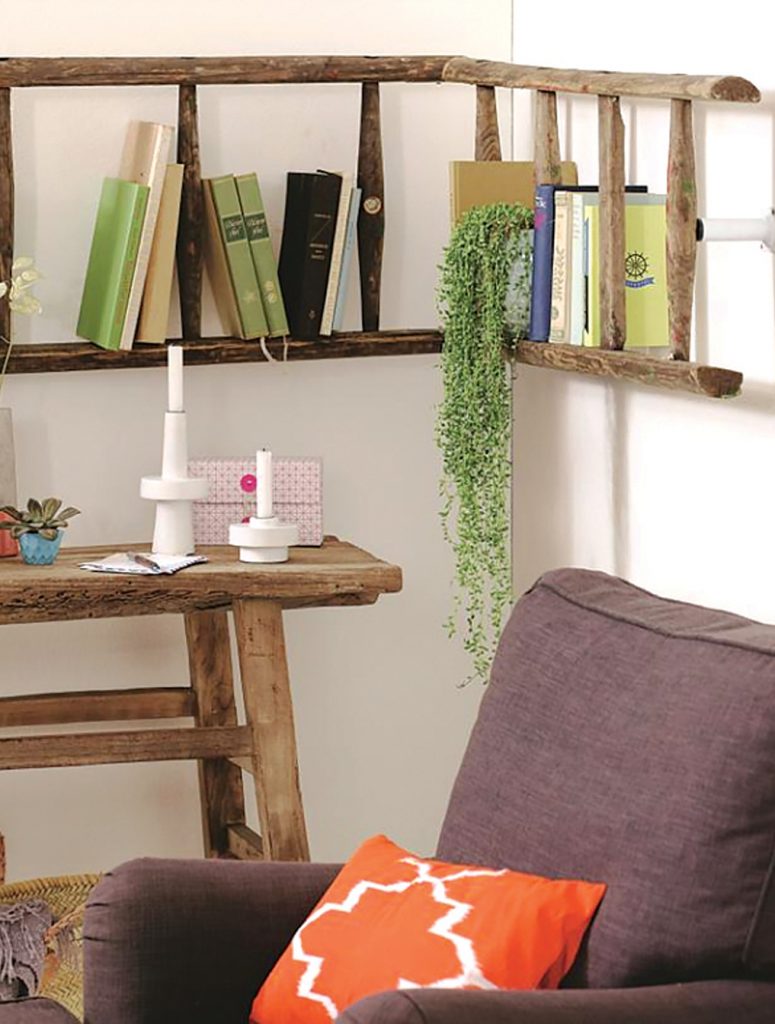
Paint the ladder in bright colours, then attach boards between the ladder rungs. You can use the ladder in the living room as shelving for stuffed toys, photo albums, books, CDs and other small items. In the kitchen, it can also be used to hold dishcloths, tableware and vases; attach it to the ceiling and it can be used to hang pots, pans and other kitchen utensils.
2) Drawers as bulletin boards
During renovation, cabinets and drawers tend to get thrown out. Have you ever thought of upcycling the drawers and turning them into fabric bulletin boards?
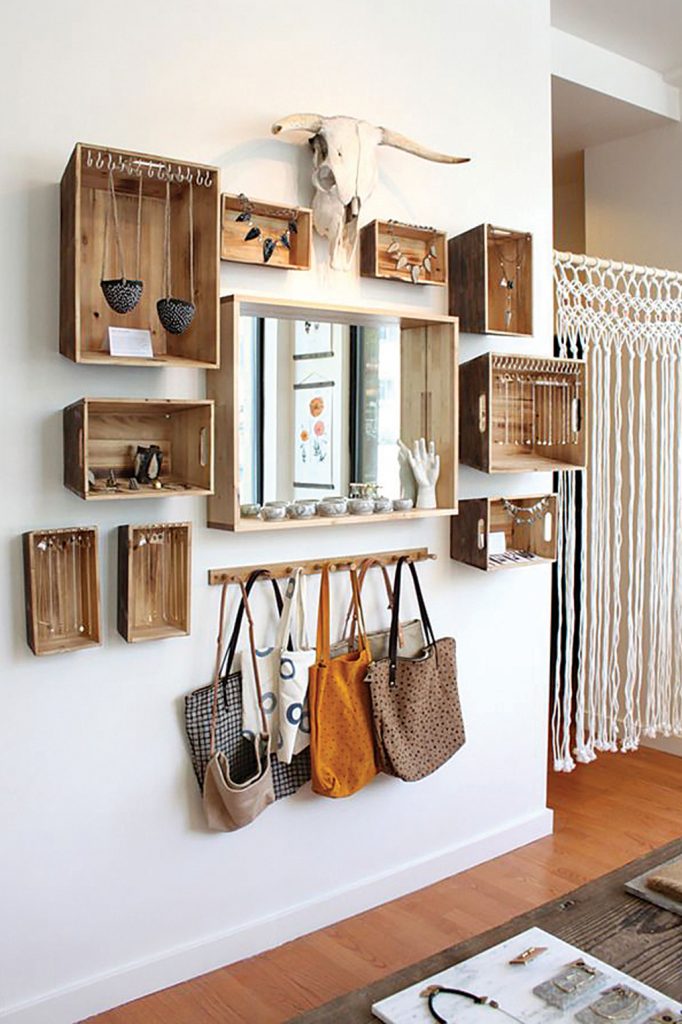
Remove the drawer from the cabinet and smoothen the edges with sandpaper. Wipe it all over with vinegar and water. Paint the inside with your favourite colour and leave it to dry. When the drawer is dry, make a template of the inside of the drawer with four sheets of scrap paper taped together. Using the template, trace the outline with a pen on a corkboard and cut out. Use two layers of the corkboard to give a thicker backing, using spray adhesive to glue the two layers together.
Use hot glue to cover the corkboard with a fabric of your choice, then glue the cork/fabric board into the drawer. Finally, attach small D-ring hooks to the back of the drawer so that it can be hung.
You can now hang the fabric bulletin board in the office to display your messages. Alternatively, use it as your spice rack in the kitchen.
3) Plastic spoons as chrysanthemum petals
What can you do with all the plastic spoons after a party at home? Turn them into the ‘petals’ of a ‘chrysanthemum’, with a circular mirror at the heart of the bloom.
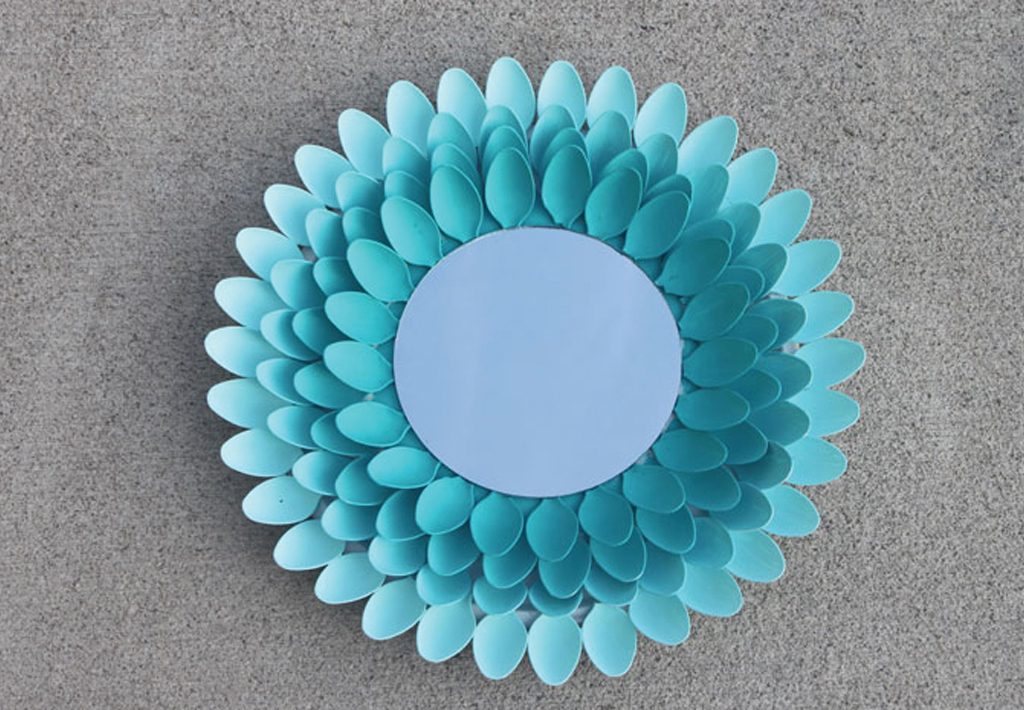
Wash and dry the spoons, which should all be of the same size, then separate the bowls from the handles. If you’re serious about aesthetics, consider painting the spoon bowls in a colour you like and leave them to dry.
Arrange two circular wreaths of different sizes concentrically, then attach them to each other using the spoon handles and glue. The smaller wreath should just fit the mirror, which can be attached later. Flip over the wreaths, and cover the space between the rings with art paper.
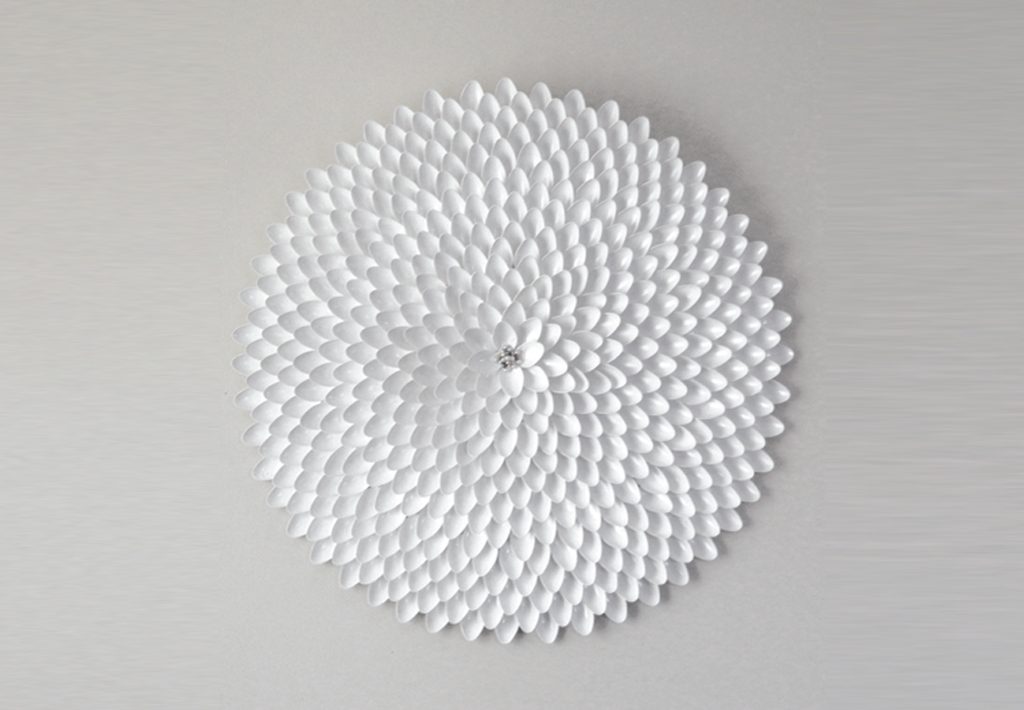
Next, attach the spoon bowls ring by ring with hot glue. Each piece of ‘petal’ within a ring should be of the same shade. Ensure the outer ring has plenty of space between the spoons so the inner ring of spoons does not overlap too much. Paint the back of the ‘petals’ on the first ring since they would be reflected in the mirror.
Finally, attach the multiple rings of ‘petals’ on the mirror and — voila! — you have your upcycled chrysanthemum mirror.







